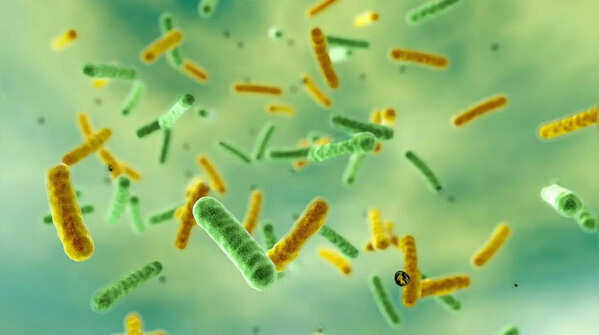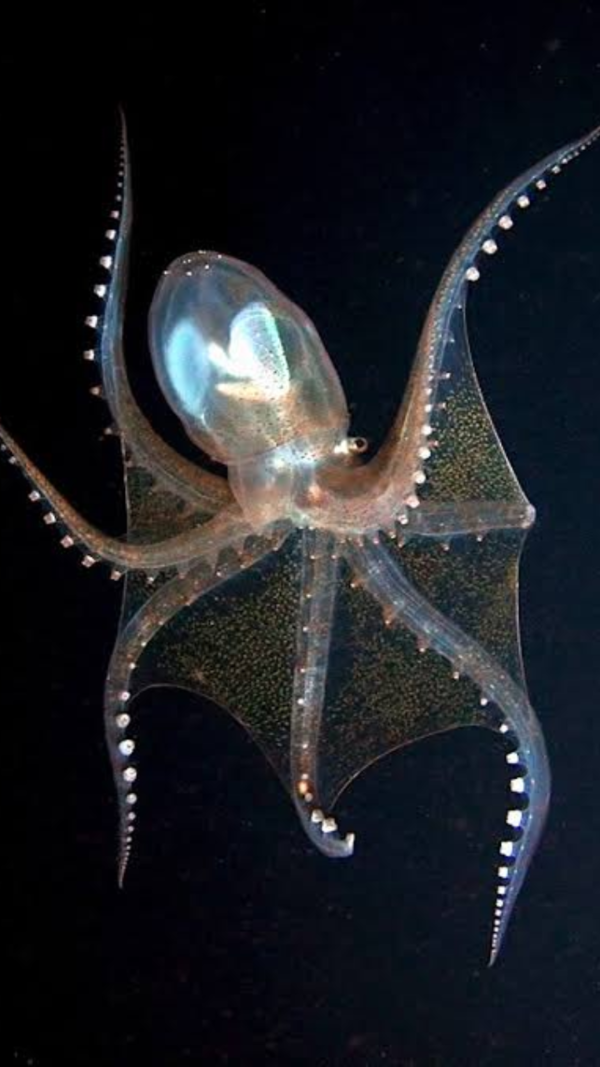NASA's cleanrooms reveal 26 new bacteria that could change space science

How 26 newly discovered microbes could impact space missions and biotechnology
A recent study published in the journal Microbiome has uncovered an interesting discovery in NASA’s cleanrooms: new species of bacteria that can survive in extreme conditions similar to those found in space. These resilient microbes could help us understand how life might survive on other planets, while also paving the way for breakthroughs in biotechnology here on Earth.
Note: The images used in this article are for illustrative purposes only.

A surprising discovery inside NASA’s pristine cleanrooms
NASA’s cleanrooms are some of the most controlled and sterile environments, designed to keep spacecraft free from any contamination. These rooms, where everything from satellites to rovers is put together, closely monitor factors like temperature, humidity, and airflow, making it a tough place for most microorganisms to survive. Yet, researchers have discovered that some bacteria are thriving in these very conditions.
In collaboration with NASA’s Jet Propulsion Laboratory (JPL), scientists from India and Saudi Arabia have identified 26 new bacterial species growing in these cleanrooms. What makes this finding so remarkable is that these bacteria have genetic traits that allow them to endure extreme environmental stresses– traits that could help them survive the harsh conditions of space.

The role of extremophiles in space exploration
The newly discovered microbes are known as extremophiles– organisms that can survive and even thrive in extreme conditions that would be deadly for most other forms of life. These bacteria are capable of withstanding environments with high radiation, extreme temperature changes, and chemical decontamination processes, making them truly unique. The fact that they’re thriving in a high-tech cleanroom environment highlights just how adaptable life can be, even in the most controlled and challenging conditions.
According to Professor Alexandre Rosado from King Abdullah University of Science and Technology (KAUST), “Our study aimed to understand the risk of extremophiles being transferred in space missions and to identify which microorganisms might survive the harsh conditions of space. This effort is pivotal for monitoring the risk of microbial contamination and safeguarding against unintentional colonization of exploring planets.”

Survival mechanisms
So, what makes these microbes so resilient? The bacteria have specific genes that give them extraordinary survival abilities. These include advanced DNA repair mechanisms that shield them from radiation, detoxification systems that break down harmful substances, and metabolic adjustments that allow them to survive in environments with limited nutrients.
The discovery of these survival traits opens up exciting possibilities. Junia Schultz, a postdoctoral fellow at KAUST and the first author of the study, explained, “Space travel provides an opportunity to study microorganisms that possess relevant stress-resistance genes. The genes identified in these newly discovered bacterial species could be engineered for applications in medicine, food preservation, and other industries.”

Implications for space missions and biotechnology
This discovery holds great significance for both space exploration and biotechnology. In terms of space missions, understanding which microbes can survive in space is crucial. It not only prevents Earth-based bacteria from contaminating other planets but also aids in the search for life beyond Earth. This discovery provides valuable insights for future missions to other planets.
On the biotechnology side, the genes that help these microbes withstand extreme conditions could lead to groundbreaking technologies. From enhancing food preservation methods to developing better medical treatments, the potential uses for these stress-resistant genes are vast and could bring about significant advancements.
Dr. Kasthuri Venkateswaran, a retired Senior Research Scientist at NASA’s Jet Propulsion Laboratory and a lead author of the study, commented, “KAUST's collaboration with NASA represents a groundbreaking alliance driving the frontiers of space science and astrobiology. Together, we are unraveling the mysteries of microbes that withstand the extreme conditions of space– organisms with the potential to revolutionize the life sciences, bioengineering, and interplanetary exploration.”

The future of space microbiology and biotechnology
As space exploration advances, the discovery of resilient microorganisms in NASA's cleanrooms opens up exciting possibilities. These findings not only help NASA improve planetary protection strategies but also hold potential for biotechnological innovations that could benefit life on Earth.
Understanding how these microbes survive extreme conditions could offer solutions to challenges like medical advancements and food security. As scientists explore space-adapted life, we’re one step closer to unlocking its potential for both space missions and life on Earth. These discoveries highlight the incredible resilience of life and offer a glimpse into the future of exploration, both in space and on Earth.








